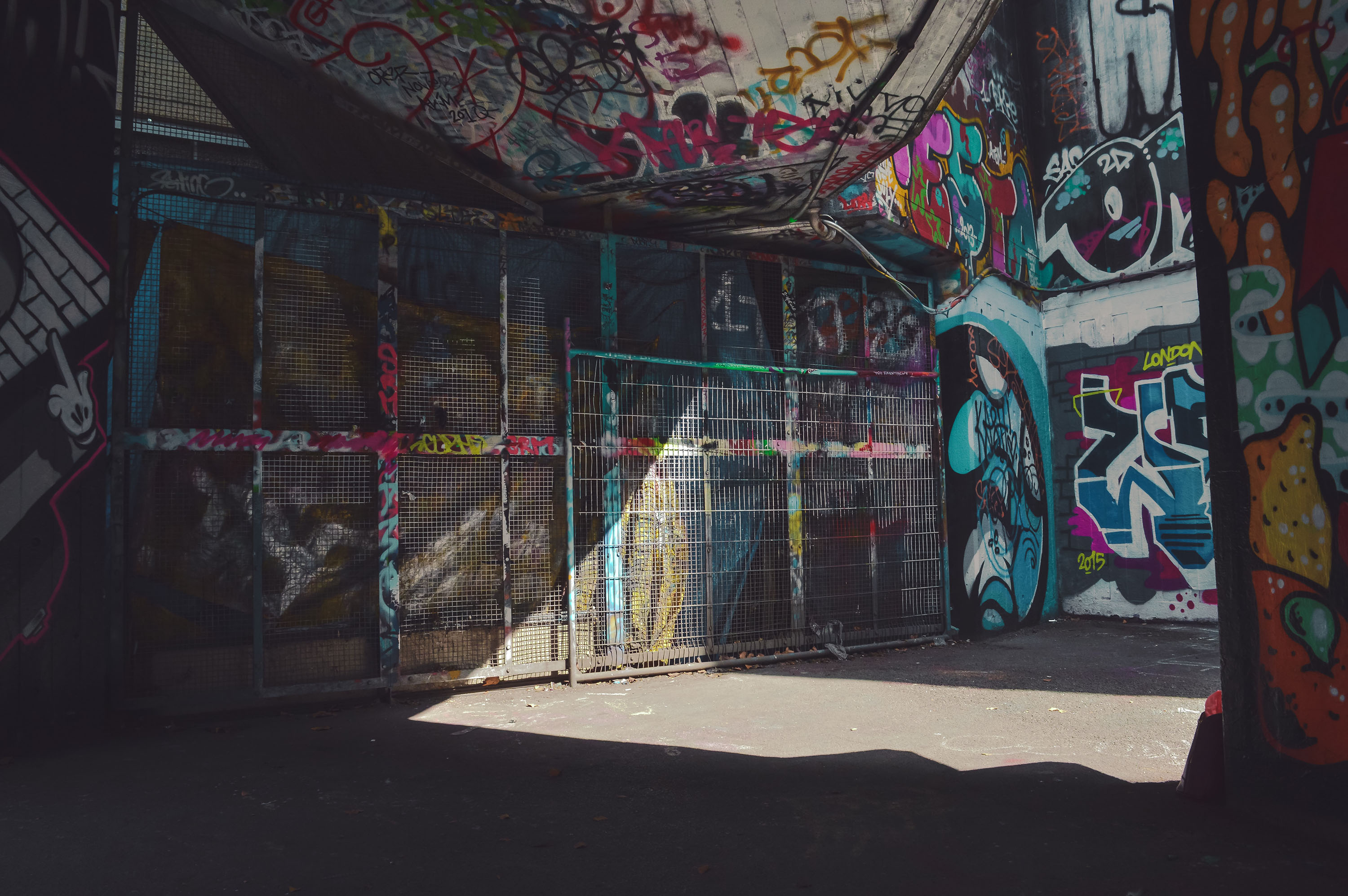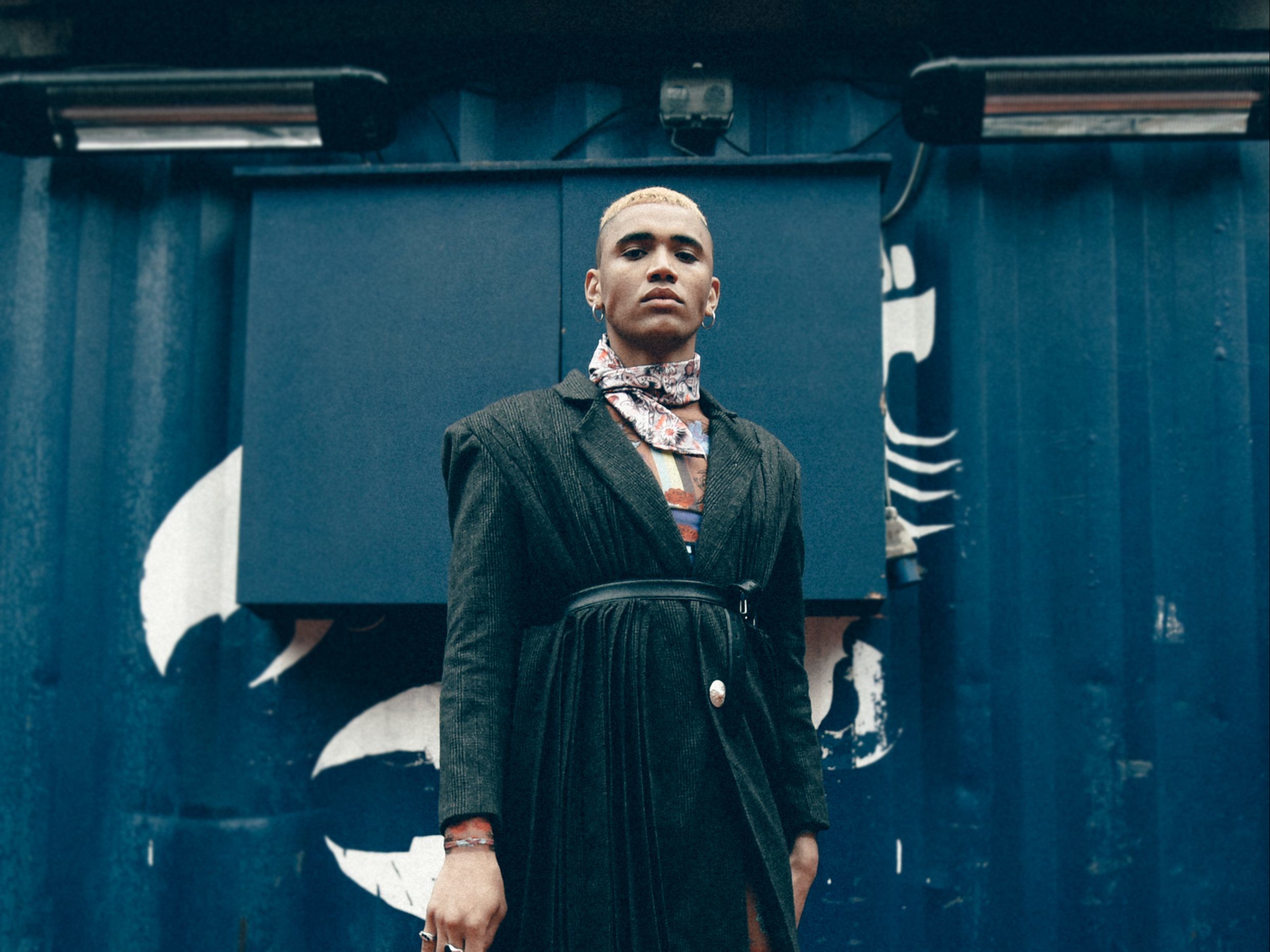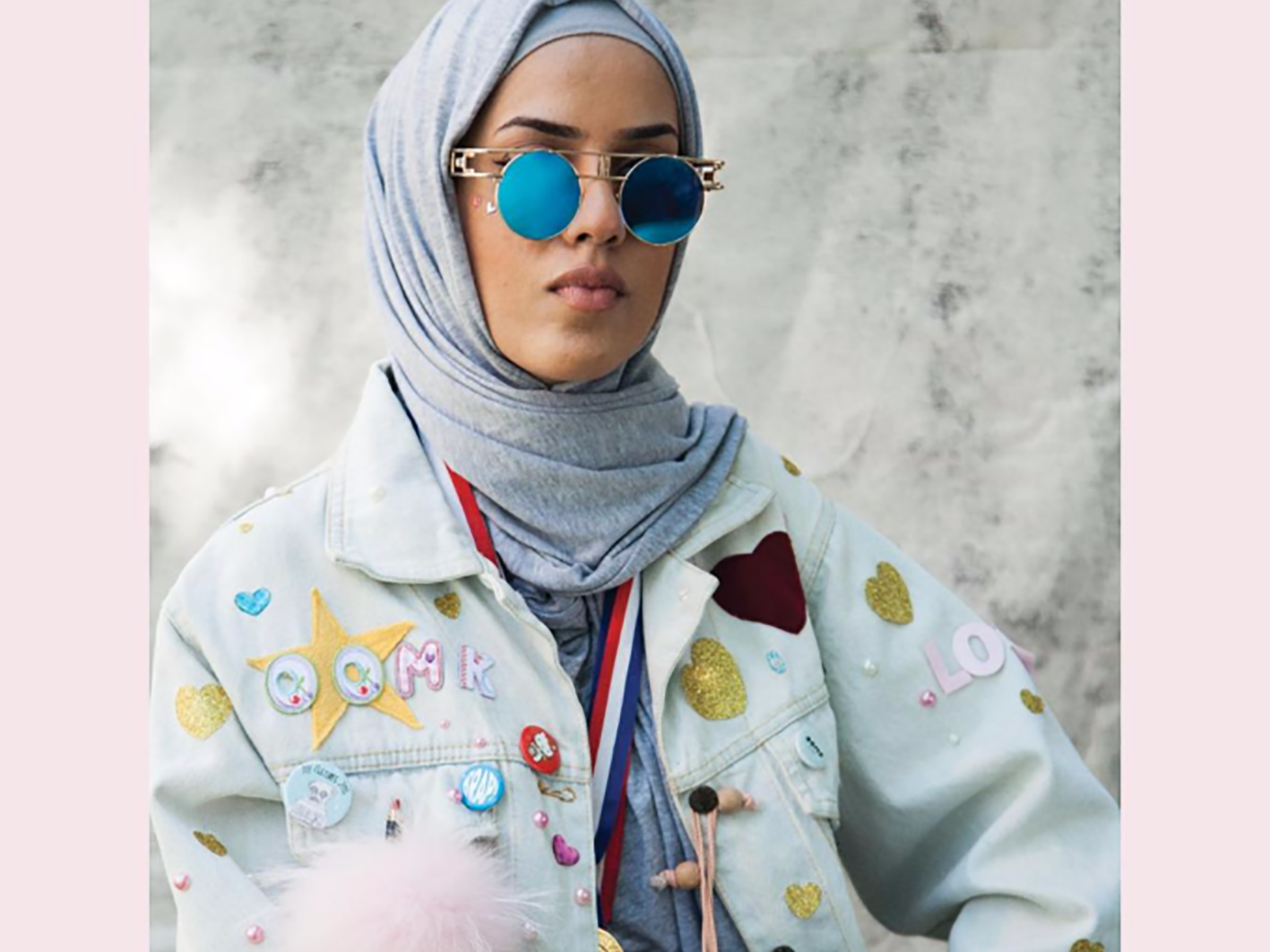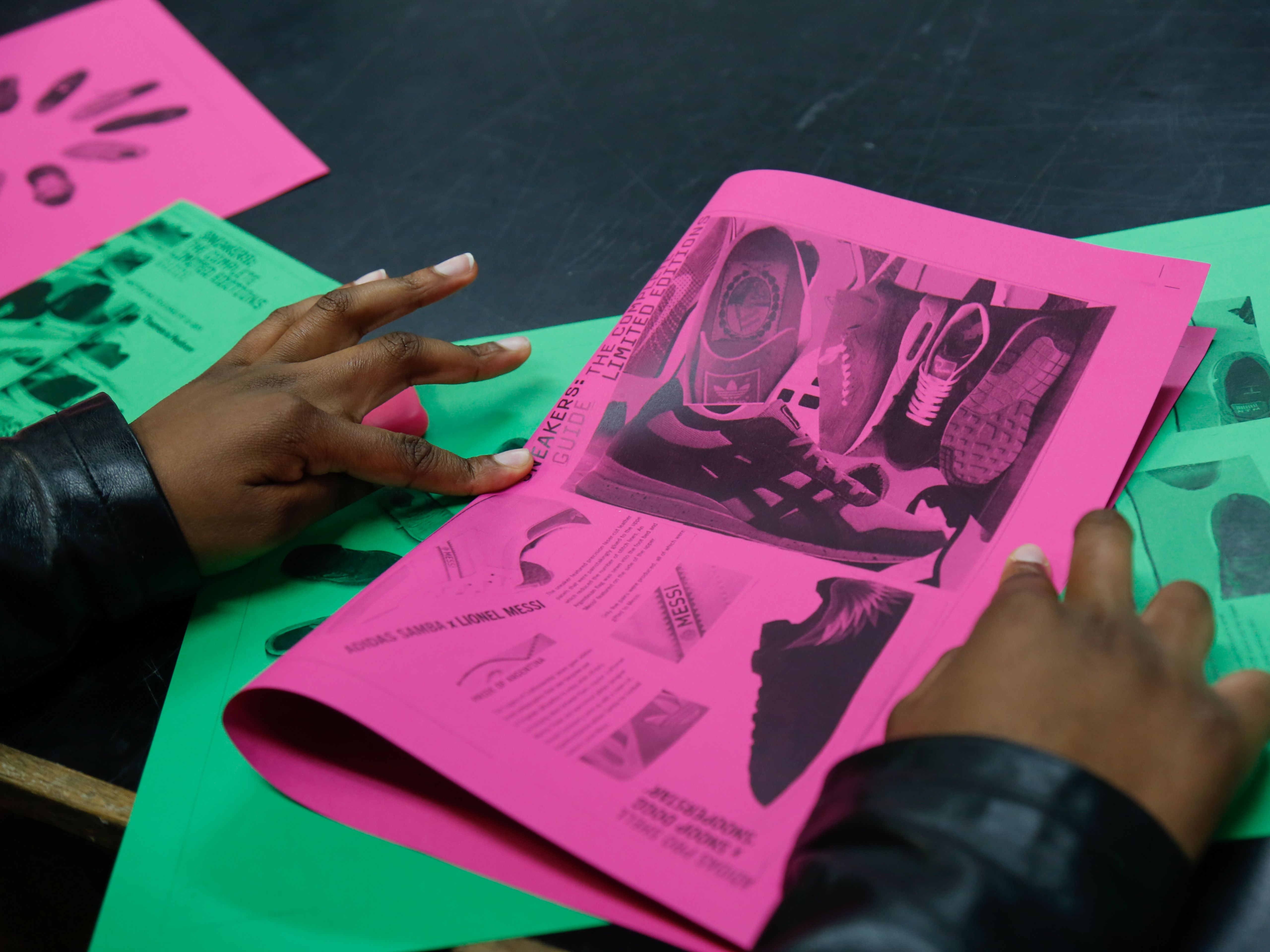The biggest change to fashion in the twentieth century was the shift from high culture to popular culture. This shift made way for the idea that styles can come up from the street rather than just from the expensive ‘designer’ fashion. Young people rebelled – rather than waiting to be told what to wear and copying styles from magazines – forming successive ‘subcultures’ and developed their own clothing identity that in turn influenced fashion.
Subculture
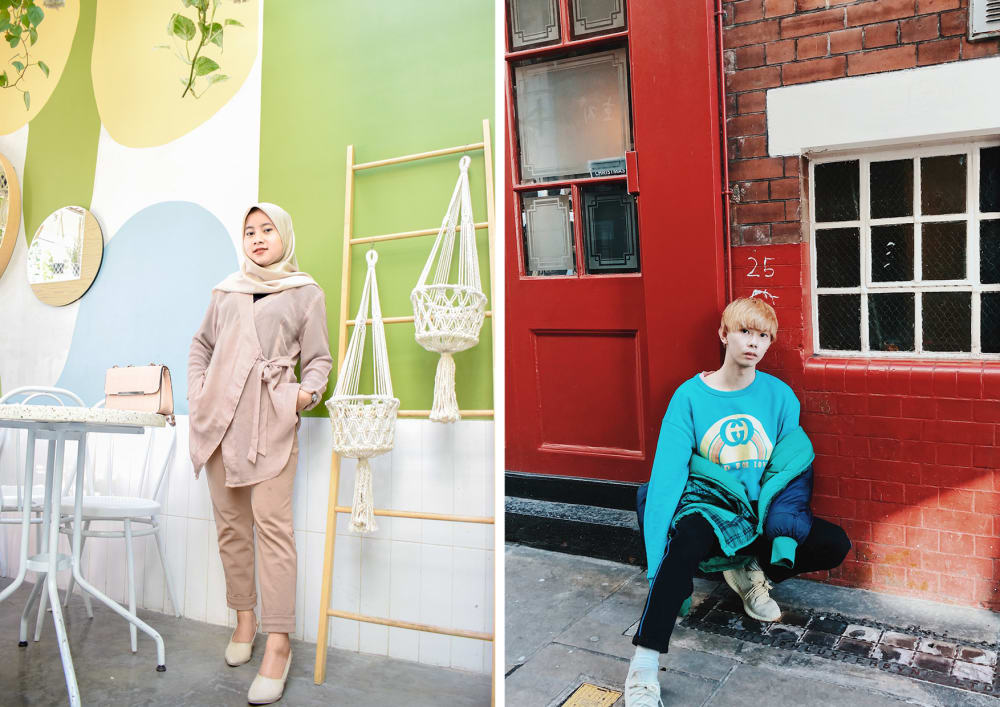
According to the Cambridge English dictionary, subculture is, “the way of life, customs and ideas of a particular group of people within society that are different from the rest of that society.” What is worn by those who belong to a particular subculture visually communicates what their beliefs are to other people and often include musical taste. There are and have been so many subcultures both in this country and around the world: grime, punk, rudeboy, grunge, hippy, hipster, goth, haul girl, hypebeast, harajuku, skater, rave, beatnik, skinhead, mod, ragamuffin, emo, metalhead- the list is endless!
Read more over at the Subculture Archives
Streetstyle
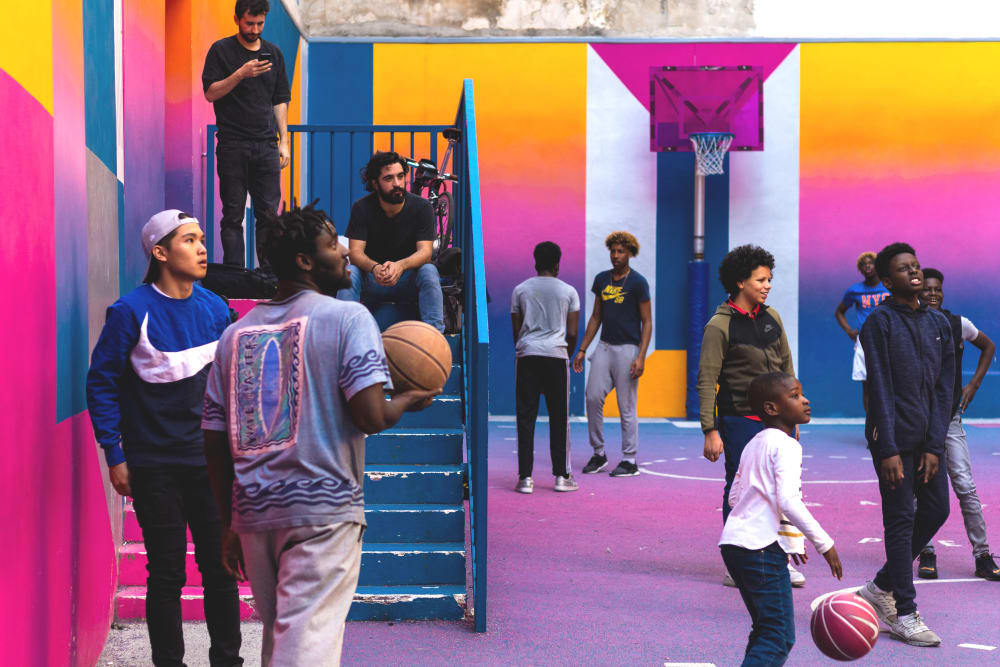
The ‘street’ approach to style and fashion is often based on individualism, rather than focusing solely on current fashion trends. Using street style methods, individuals demonstrate their identities. In the past these were often clearly linked to belonging to a subculture. Today individuals might ‘borrow’ from past subcultures and mix styles to create their own individual looks. Streetstyle is ‘trying to be noticed’ – either as an individual or belonging to a group. During events such as London Fashion week or festivals such as Afropunk, streetstyle is more clearly on display.
Streetwear
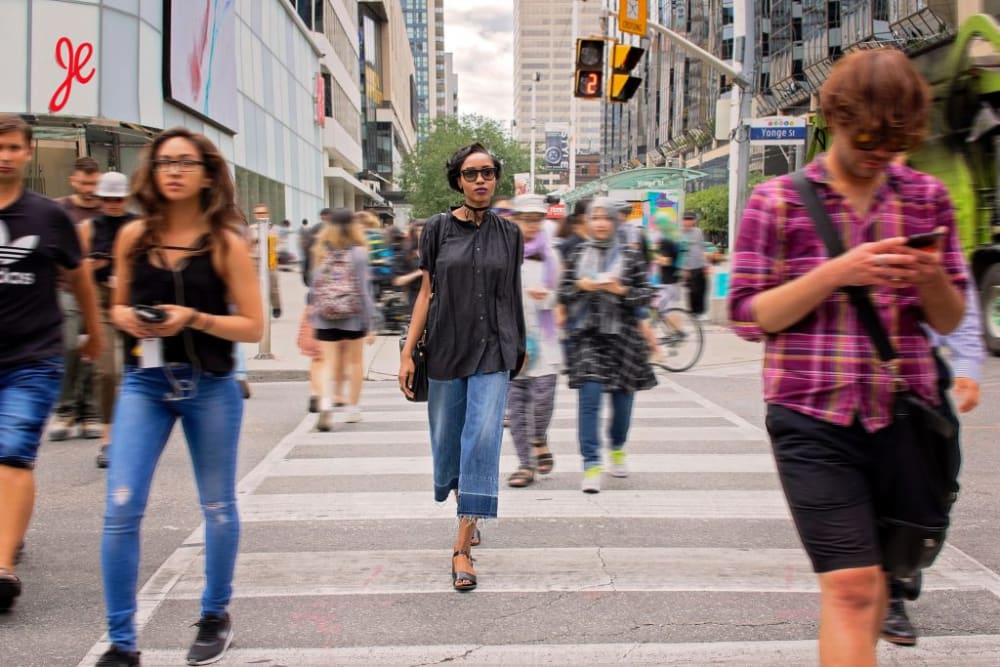
Streetwear can often be confused for the term streetstyle, but it they are completely different. Streetwear can be defined as casual style of clothing which became global in the 1990s. It grew from Californian surf and skate culture to encompass elements of sportswear, hip hop, punk and Japanese street fashion. It commonly centres on casual, comfortable pieces such as jeans, T-shirts, sweatshirts, baseball caps, and trainers. Streetwear began as anti-style and low-key. Today in the selfie Instagram age, streetwear has come to mean any combination of clothing that is worn going out and about.
Designerwear
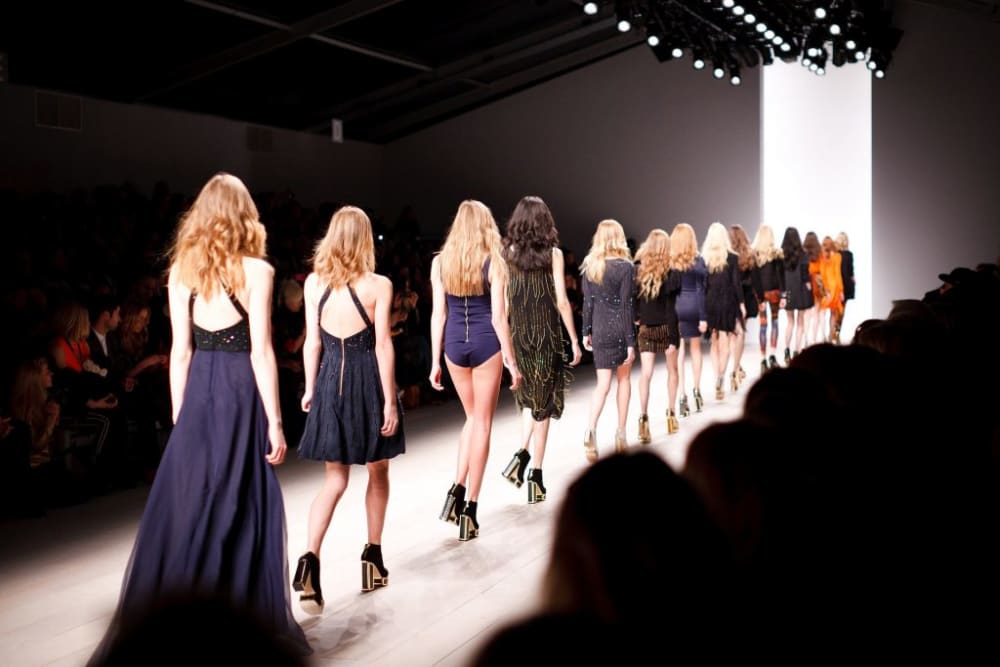
Designerwear is fashionable or luxury clothing made by (or carrying the label of) a well-known fashion designer. The first fashion designer who was more than a simple tailor, was Charles Frederick Worth, in the 19th century. Before he set up his fashion design house in Paris, clothing was made by anonymous dressmakers. As fashion designers developed their trade; the general public copied their styles to be seen as fashionable. Today, wearing particular designer brands indicates your social status and worth.
Read more about the House of Worth on The Met website.
Trickle Down

‘Trickle down’ is a term often used in economics; when applied to fashion, the idea is that a new style is first adopted by the richer, higher class of society and gradually becomes accepted by everyone. Hence, the designers catering for the rich in society dictating what is fashionable to all. Individuals of the general public and average incomes then buy cheaper versions of designer styles on the ‘High Street’ or internet
Bubble Up
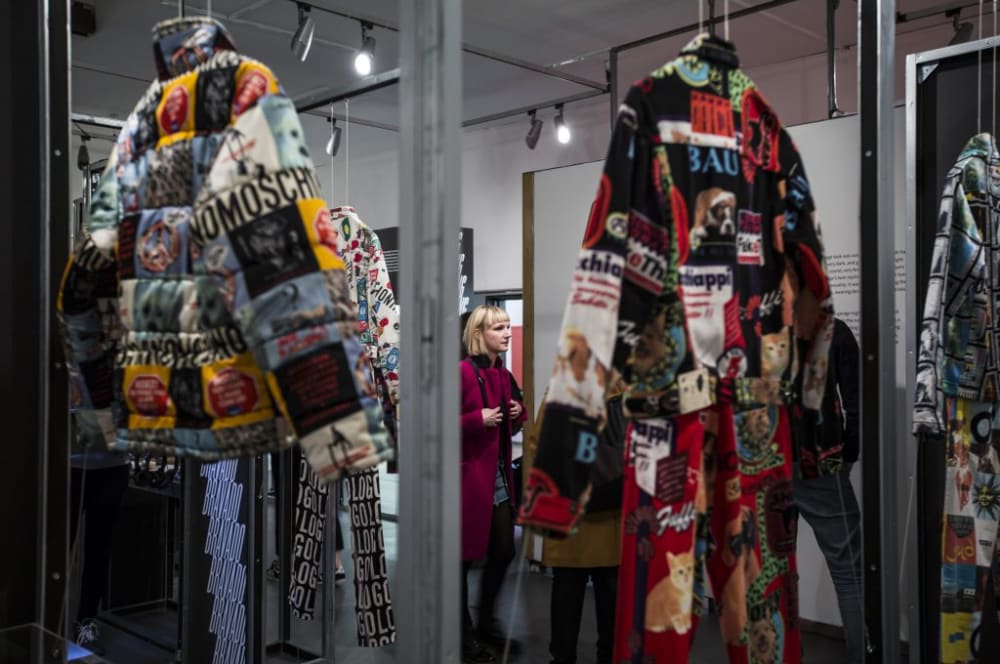
The trickle-up or bubble-up pattern is the opposite idea. Since the twentieth century, more and more fashion innovation has initiated from the street and therefore, what is fashionable is adopted from lower income groups. The innovation eventually flows to upper-income groups; thus, the movement is from the bottom up. This idea means that designers create styles in response to the street; no longer dictating what is fashionable and giving low income groups more confidence to create their own identities through their clothes. Some subcultures such as Garage in the 1990s have ironically adopted designerwear to define their identity.
(Cultural) Appropriation
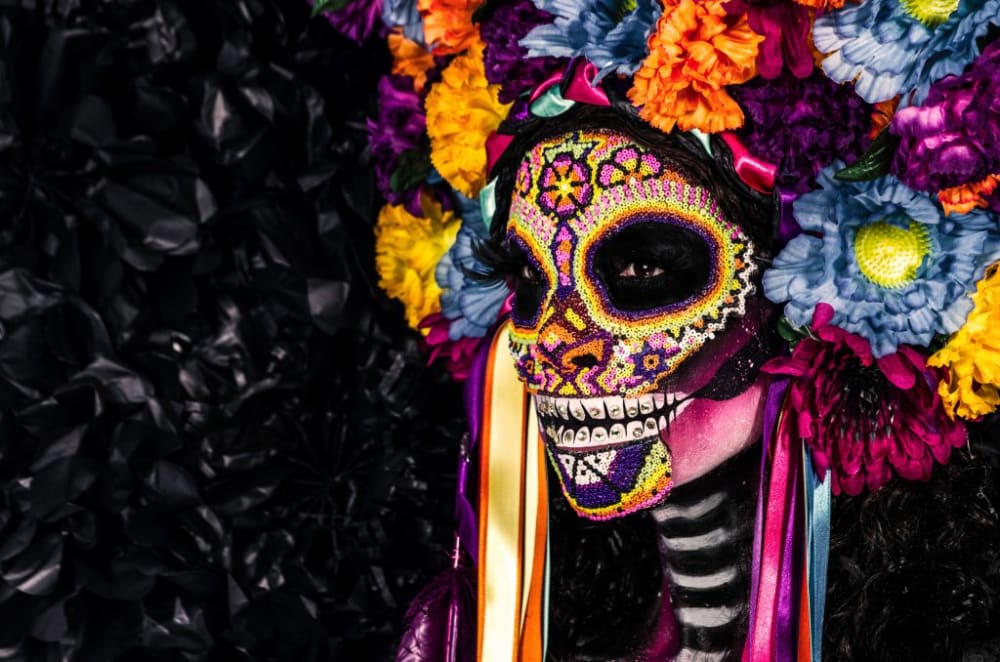
Appropriation or mis-appropriation is the adoption of elements of one culture by another. It is sometimes controversial when the dominant culture takes from disadvantaged minority cultures. Subculture styles have often been copied by mainstream in a way that appropriates their image and not their meaning. This often has led to the demise or evolution of a particular subculture once the original ideas have been commercially popularised. Designers have often taken elements from a subculture and juxtapose them with quite different styles to make interesting unexpected combinations. An example of this would be Versace’s punk dress worn by Liz Hurley – using the idea of safety pins holding fabric together, but in a glamorous evening-wear context that is completely at odds with the punk anarchistic beliefs.
Fashion as Communication
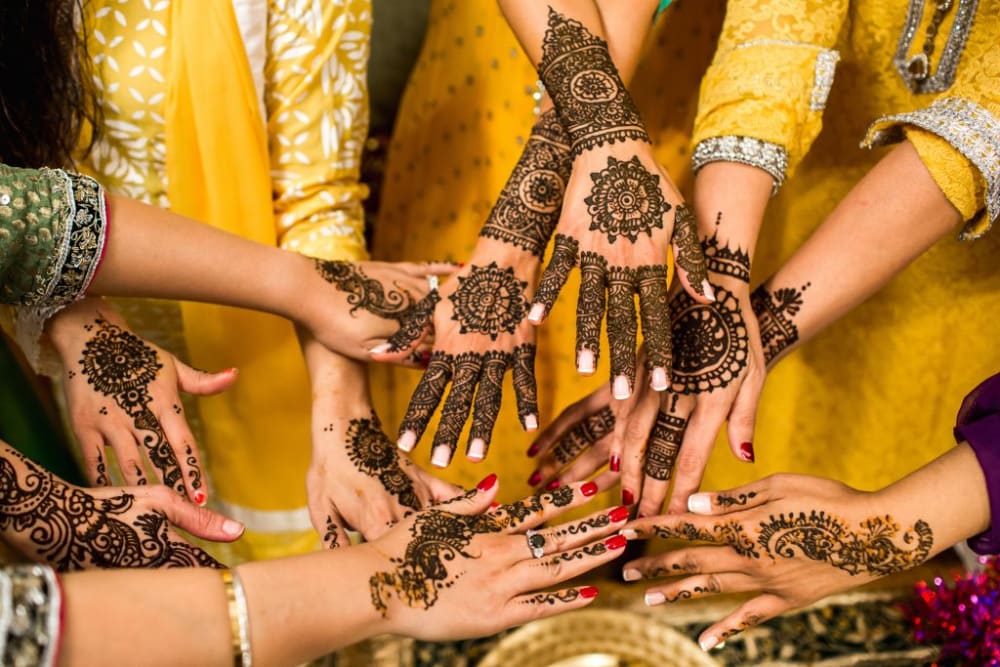
Fashion can be seen as a means of communication. What we wear tells others our belief, attitudes, religion, politics, character. We all consciously and subconsciously absorb the information others give us via their clothing and create opinions based on this. Subcultures use clothing to indicate to others belonging and difference. Today it might be harder to tell someone’s beliefs through clothing due to ‘supermarket style’ (see below) or the ability to ‘dress up’ in a particular subcultural style one day and another the next depending on your mood. However, it seems there are always visual clues that can be read by someone ‘who knows’.
Supermarket Style

Ted Polhemus first thought of this phrase in the noughties and it seems to becoming more and more relevant in our fast fashion, internet age. This is the idea is that an individual does not have to stick to one style; they instead are mixing and matching diverse elements similarly to sampling in music. The current trend is not fitting a particular group or subculture, but about being your own individual. Some say subcultures are dead, as more and more individuals create their identities online. Others say that subcultures are still evolving as they always did. It is the young on the street who really know.
This topic was explored by the V&A museum 25 years ago in the ‘Street style’ exhibition. Ted Polhemus wrote the important catalogue at the time.
To celebrate the anniversary, London College of Fashion (LCF) are hosting various events and by putting on an exhibition which brings the topic up to date. UAL alumni Tory Turk is the curator.
Interested in finding out more?
Check out these related posts and websites:
Tony Turk, fashion curator at London College of Fashion
